How To Choose The Right Dog For You?
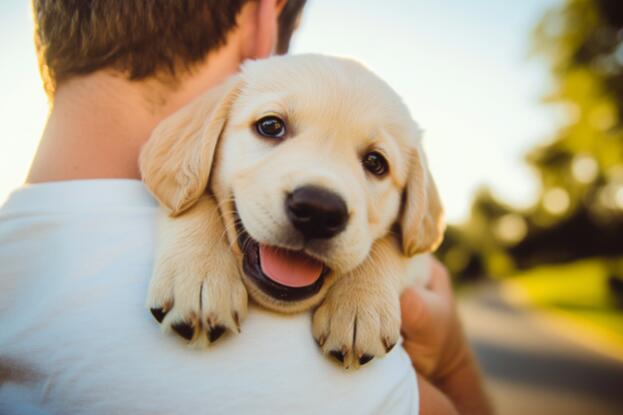
PHOTO: Yueke
Choosing the right dog is an exciting decision, but it can also be a challenging one. With so many breeds, sizes, and personalities to consider, finding the perfect canine companion that fits your lifestyle and preferences requires careful thought. This guide will walk you through the key factors to consider when selecting a dog, helping you find the perfect furry friend for your home.
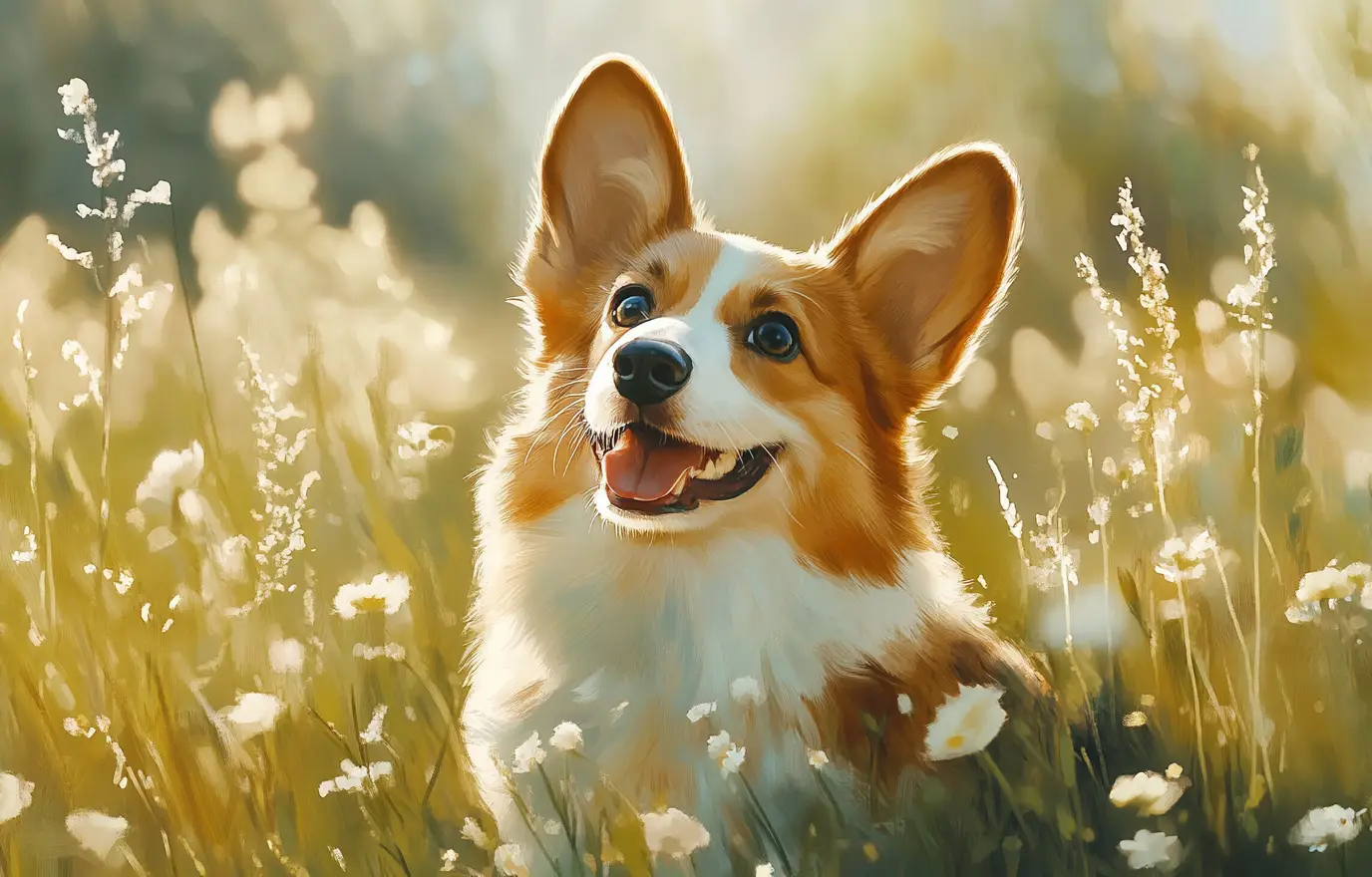
PHOTO: Yueke
Working Dogs
Working dogs are known for their high intelligence, enthusiasm, and sense of responsibility! They are used for various tasks such as herding cattle and sheep, rescue operations, and guarding properties. It’s important to give them tasks to do; otherwise, they might become depressed from boredom.
Pembroke Welsh Corgi
Height: 25-30 cm
Weight: 9-12 kg
Lifespan: 12-15 years
Exercise Needs: Medium
Grooming Frequency: Low
Originally, Corgis were used for herding cattle. Their short legs allowed them to navigate quickly among the cattle without getting injured by hooves. Nowadays, Corgis are more often seen as popular pets rather than working dogs. Many friends of mine have Corgis as their pets. With their short legs, round bottoms, and pointed ears, they are quite distinctive! On rainy days, their bellies often get wet, but that’s just the way it is with short legs.
Although they are small in size, their personality is quite similar to that of larger dogs. They are energetic, love running, chasing balls, and playing with bigger dogs. They may bark when they get excited, such as when their owner comes home. Additionally, Corgis don’t need haircuts; they are a shedding breed.
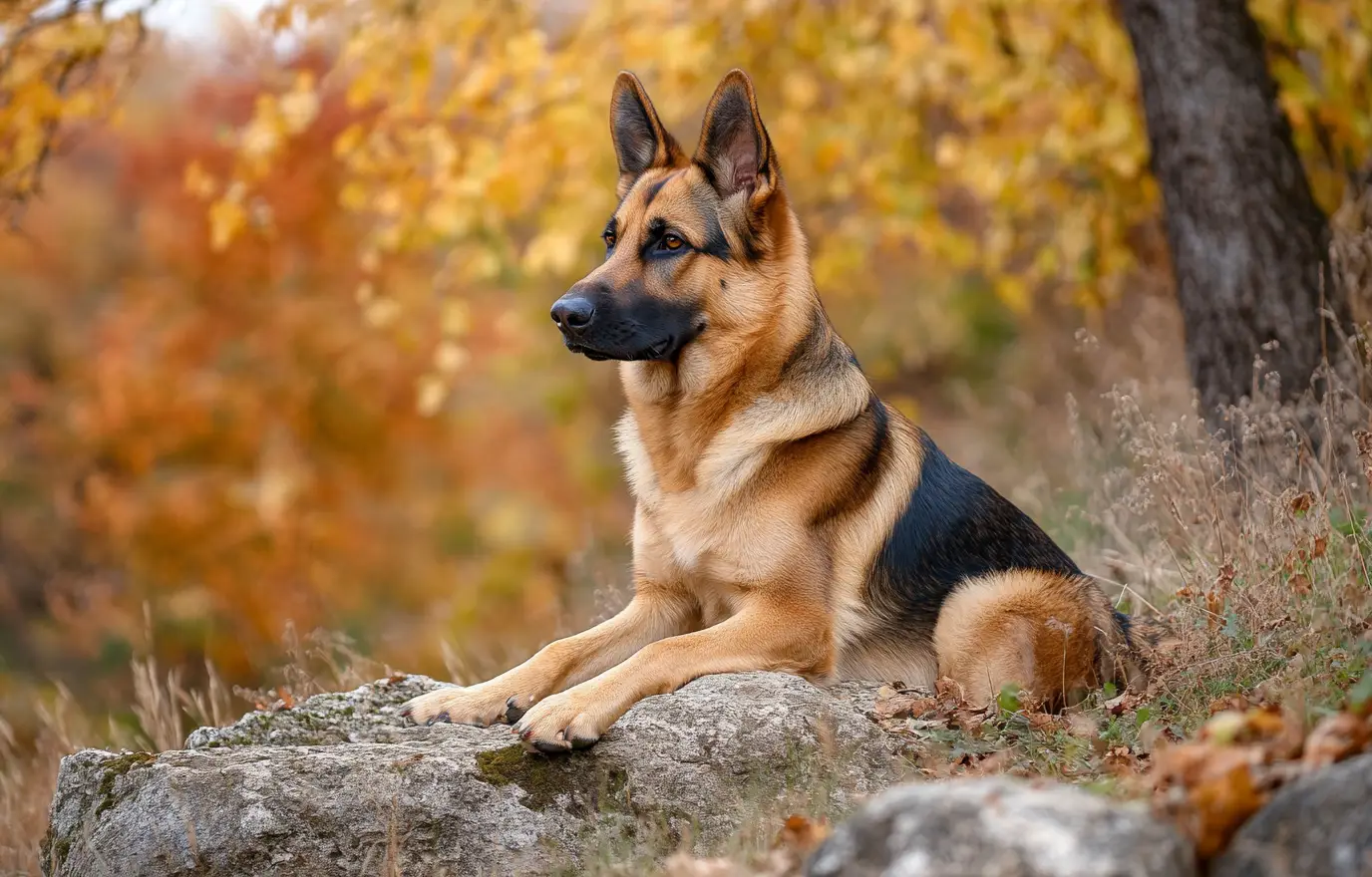
PHOTO: Yueke
German Shepherd
Height: 58-63 cm
Weight: 22-49 kg
Lifespan: 10-12 years
Exercise Needs: High
Grooming Frequency: Medium
I absolutely adore German Shepherds; they are so impressive! They are intelligent, loyal, and highly trainable, quickly picking up various commands. It's undeniable that there's a significant difference in intelligence among dog breeds—some dogs just don't seem to understand commands at all. For example, a friend's German Shepherd will gently place the ball at their owner's feet and lie quietly, waiting for the next throw.
As with all working dogs, German Shepherds should not be confined to the house all day. They need plenty of exercise to be happy and healthy. If you can't provide them with enough activity, they won’t be content.
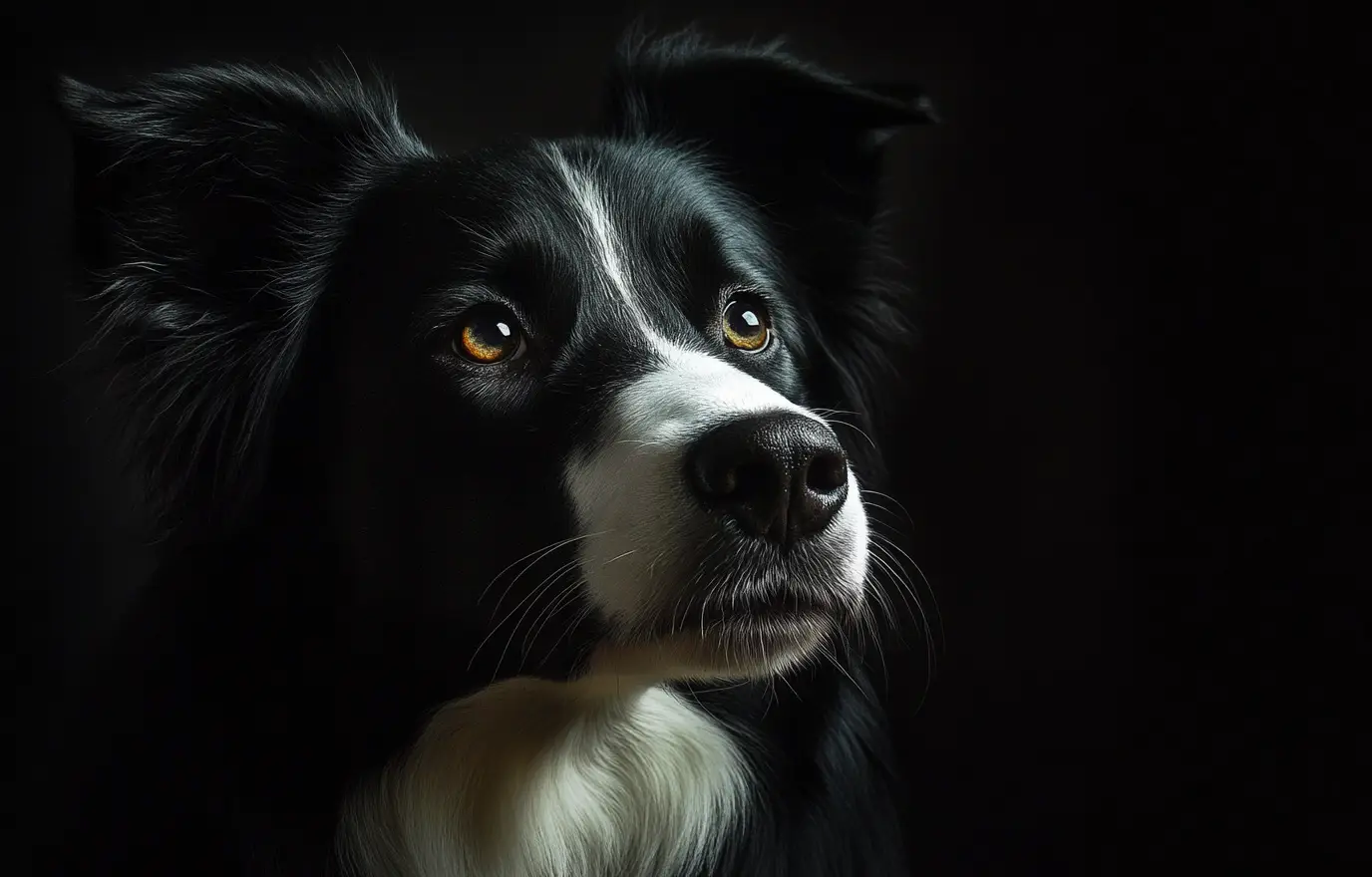
PHOTO: Yueke
Border Collie
Height: 50-53 cm
Weight: 12-20 kg
Lifespan: 10-12 years
Exercise Needs: High
Grooming Frequency: Medium
Border Collies are renowned for their top-notch intelligence. Videos of their impressive herding skills are widely available, and they consistently rank as the smartest dogs in various intelligence surveys. Their independent and determined nature, combined with boundless energy, makes them the top choice for shepherds.
However, this also means that Border Collies may not be suitable for everyone. If you don't have a large yard or a lot of time to engage with them, it's best to avoid this breed. Keeping a Border Collie confined indoors all day can lead to health problems.
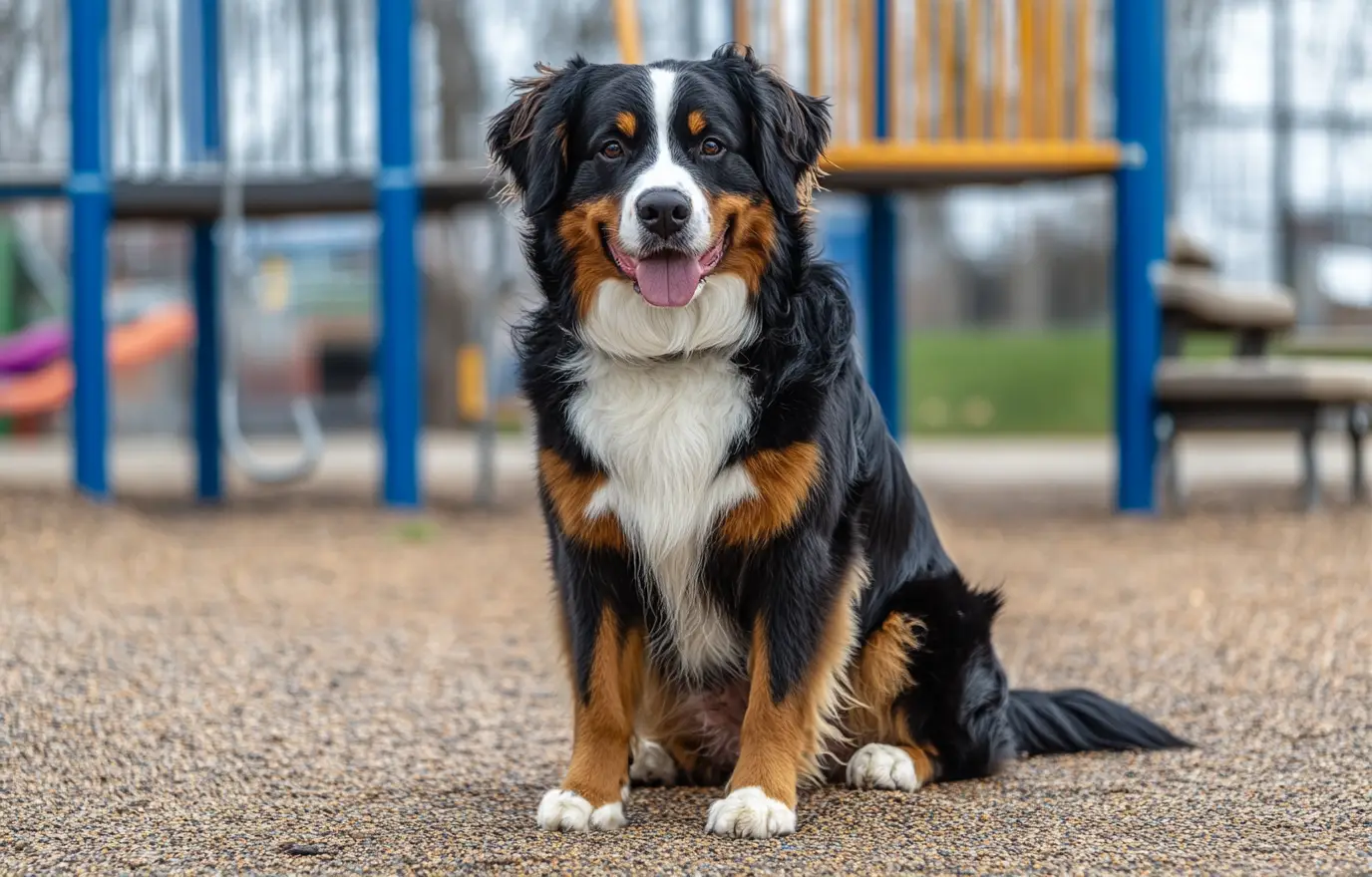
PHOTO: Yueke
Bernese Mountain Dog
Height: 58-70 cm
Weight: 32-54 kg
Lifespan: 10-12 years
Exercise Needs: Medium
Grooming Frequency: Medium
Taking a Bernese Mountain Dog out for a walk will undoubtedly make you a magnet for attention! With their broad, sturdy heads and naturally drooping ears, they look incredibly gentle and reliable. Their strong limbs and solid chest, combined with their soft, shiny coat, give them an air of regal charm.
Despite their impressive appearance, Bernese Mountain Dogs are known for being big, lovable goofballs. Their temperament is extremely gentle and sunny, and they are completely non-aggressive and non-jealous. They get along well with everyone, including children and strangers, making them very easy to get along with.
However, they can be a bit clumsy and excitable, especially when meeting other dogs, often forgetting their size and strength. Proper training is essential to manage their enthusiasm and ensure they behave well on walks.
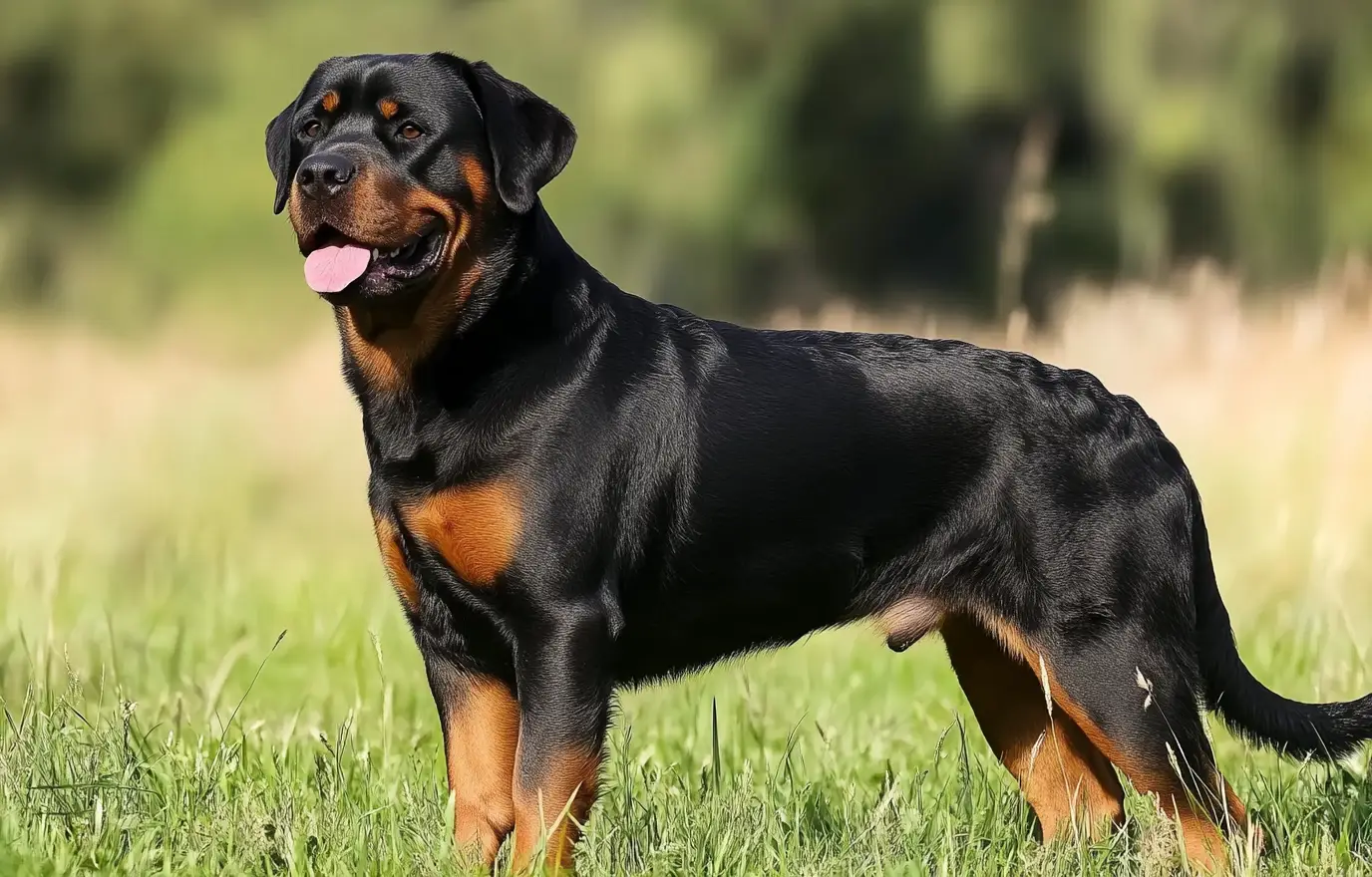
PHOTO: Yueke
Rottweiler
Height: 58-69 cm
Weight: 38-59 kg
Lifespan: 10-11 years
Exercise Needs: High
Grooming Frequency: Low
Rottweilers might intimidate people who aren’t familiar with dogs, but those raised with people from a young age can be very affectionate pets. While some Rottweilers are trained for guarding or police work, those that are well-socialized from a young age and introduced to people and other dogs regularly are not aggressive.
It's crucial not to confine a Rottweiler to the house out of laziness, as this can lead to behavioral issues. Proper socialization is vital for all dogs, regardless of size. Despite their imposing appearance, Rottweilers have a playful and endearing side. As puppies, they can be quite mischievous, similar to Labradors, enjoying chewing, rolling around, and playfully demanding attention. As they mature, they become more composed, though their behavior can vary.
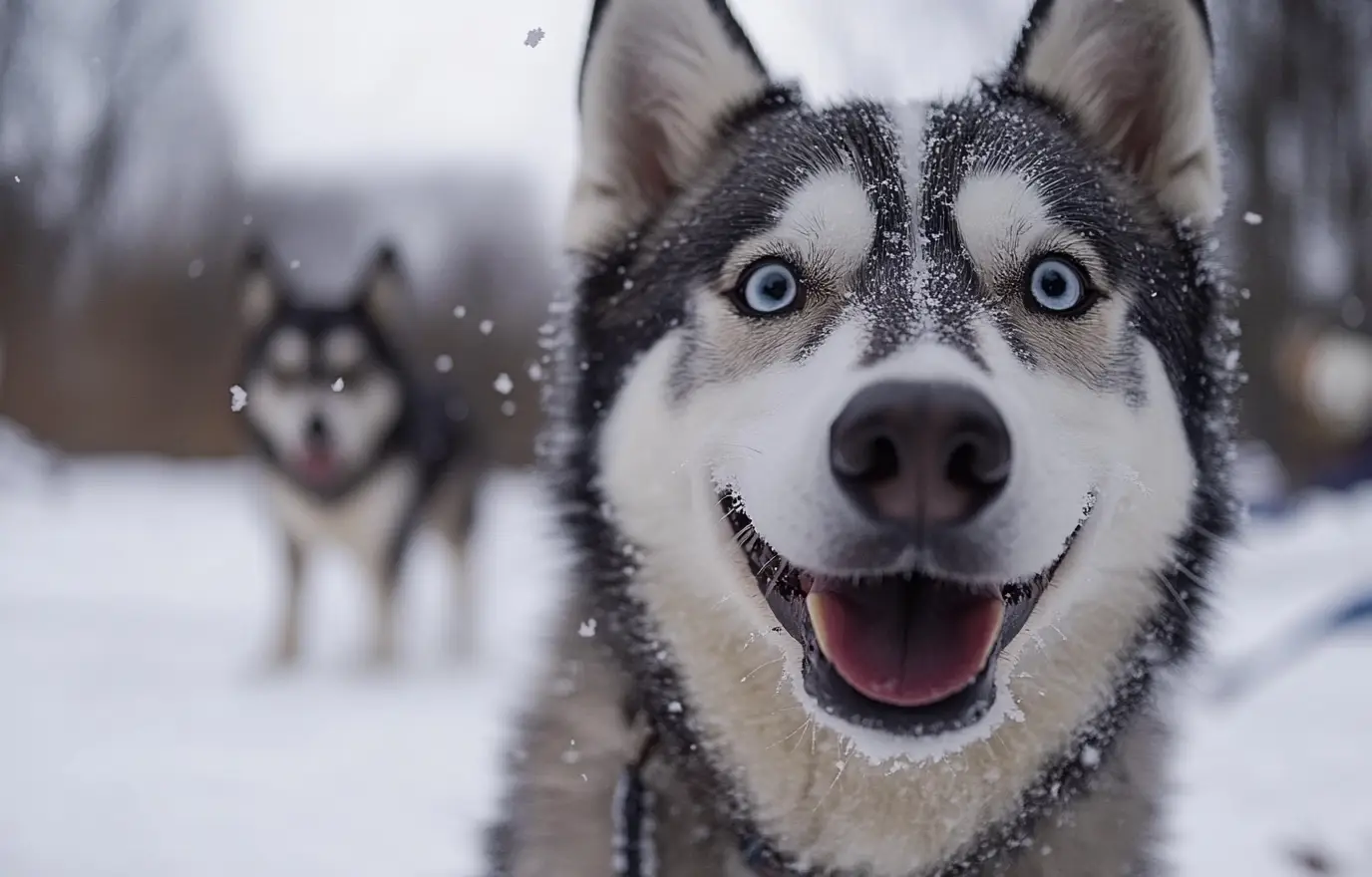
PHOTO: Yueke
Spitz-Type Dogs
To summarize, this type of dog generally resembles wolves. They have pointed, upright ears, sharp protruding muzzles, sturdy chests, and thick fur. While their sizes can vary, they all typically require a lot of exercise to keep them from becoming destructive. They have a tendency to dig and bark, and can be quite mischievous when young, requiring ample training.
Siberian Husky
Height: 51-60 cm
Weight: 16-27 kg
Lifespan: 10-12 years
Activity Level: High
Grooming Frequency: Medium
Originating from Siberia, Siberian Huskies were originally sled dogs before becoming popular pets. They have a wolf-like appearance with a fox-like face, mysterious eyes, a strong chest, and powerful legs. Simply walking won't meet their exercise needs; some people even ride skateboards alongside their Huskies. Many people find Huskies to be very destructive, but it's often because they haven't expended enough energy. If you can’t provide them with significant exercise, it’s best not to get one.
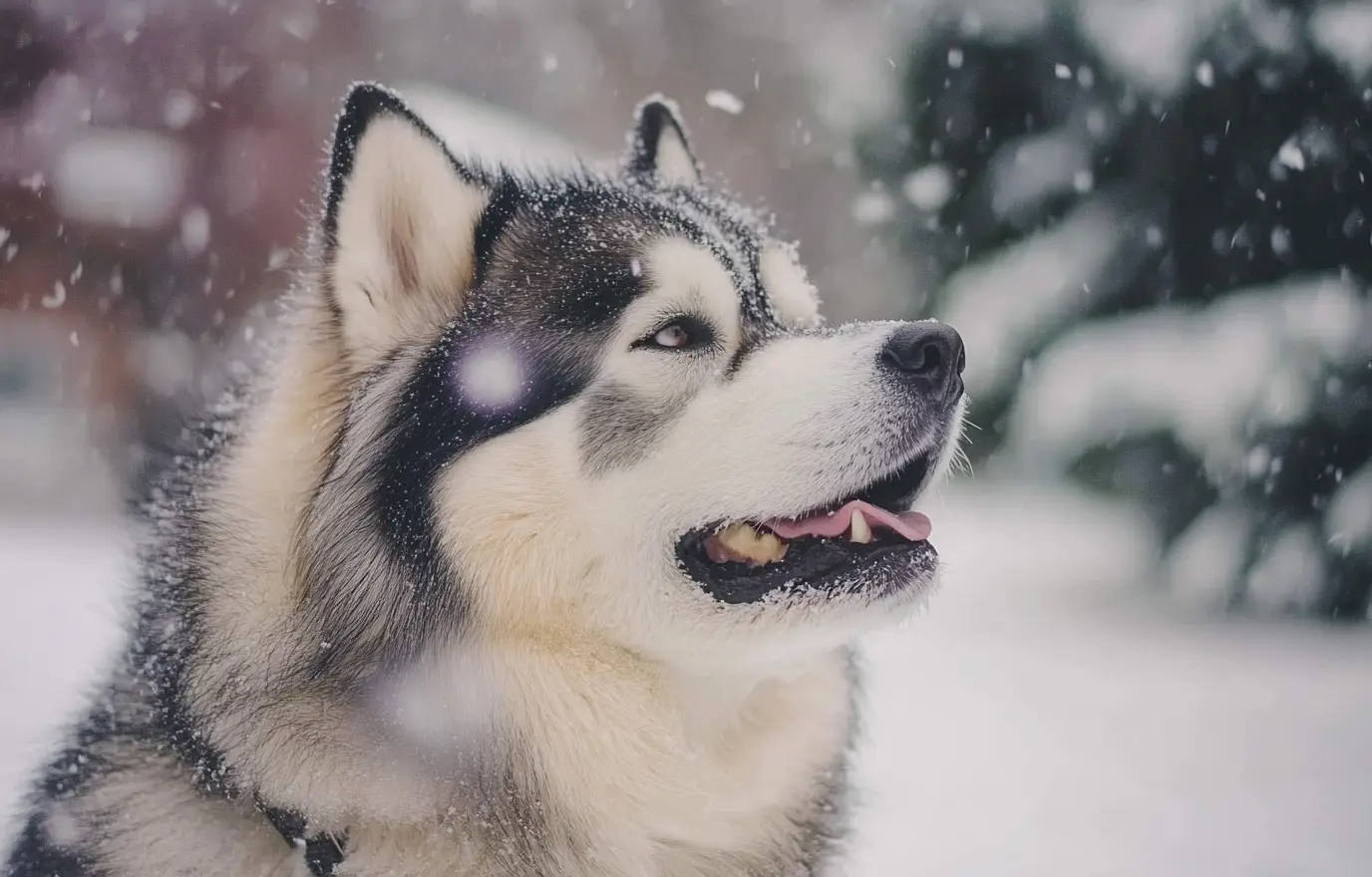
PHOTO: Yueke
Alaskan Malamute
Height: 58-71 cm
Weight: 38-56 kg
Lifespan: 12-15 years
Exercise Needs: High
Grooming Frequency: High
Alaskan Malamutes, unlike their Siberian Husky counterparts, have a commanding and majestic presence. As one of the larger sled dog breeds, they are muscular and require a lot of exercise and food. Their calm and steady nature makes them great companions, and they get along well with other dogs and animals. They have a thick double coat that can shed heavily, so regular brushing is needed.
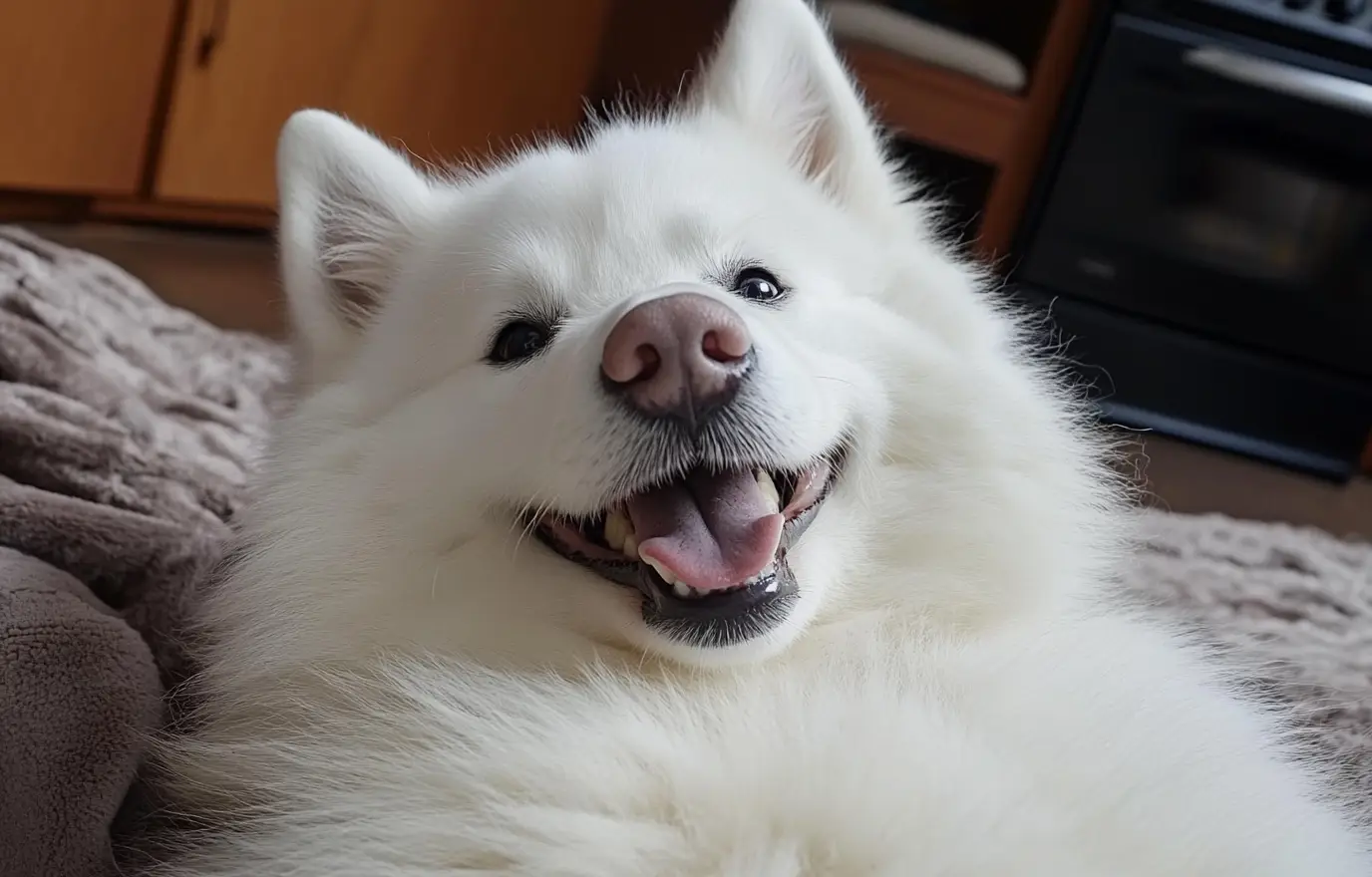
PHOTO: Yueke
Samoyed
Height: 46-56 cm
Weight: 16-30 kg
Lifespan: 12-14 years
Activity Level: High
Grooming Frequency: High
Samoyeds are renowned for their stunning appearance, combining the dignity of a large dog with the playfulness of a smaller one. Their fur is pure white, and their pointy ears add to their adorable look. They're often called "smiling angels," but that characteristic "smile" might just be a way to cope with their thick coat’s heat, as they tend to pant a lot.
Their temperament can be a bit mischievous, typical of many sled dogs. They need to burn off their high energy to stay well-behaved. They are friendly and gentle with strangers and children, showing no aggression. However, their obedience can be a bit hit or miss, as they might seem to misunderstand commands sometimes. They're known as one of the "sled dog trio of silliness," along with Huskies and Malamutes.
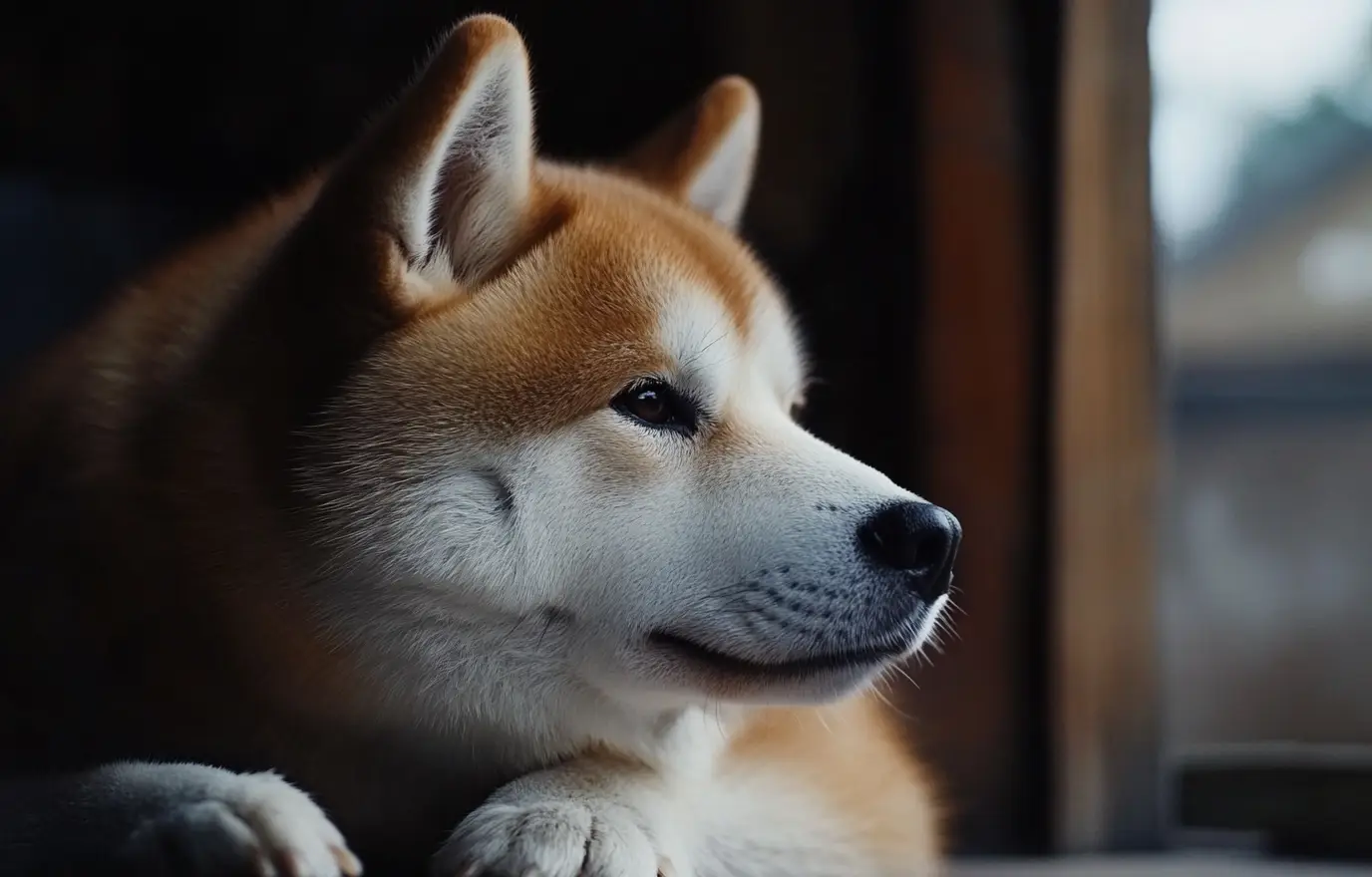
PHOTO: Yueke
Akita
Height: 61-71 cm
Weight: USA 29-52 kg, Japan 34-45 kg
Lifespan: 10-12 years
Activity Level: High
Grooming Frequency: Low
The Akita, immortalized by the story of Hachiko, is known for its robust build and striking appearance. With its strong bone structure, powerful legs, and erect ears, the Akita carries a dignified and alert presence. Its tail curls up proudly, enhancing its noble demeanor.
Personality-wise, Akitas are loyal, courageous, and calm, though they can also be somewhat stubborn. They require proper training from a young age to ensure they grow into well-behaved adults. Their strong territorial instincts and guarding nature mean they can be wary of strangers, making early socialization crucial.
Originally bred in Japan as hunting dogs, Akitas have been refined over time to become excellent family companions. They remain protective and devoted, making them both loyal friends and vigilant guardians.
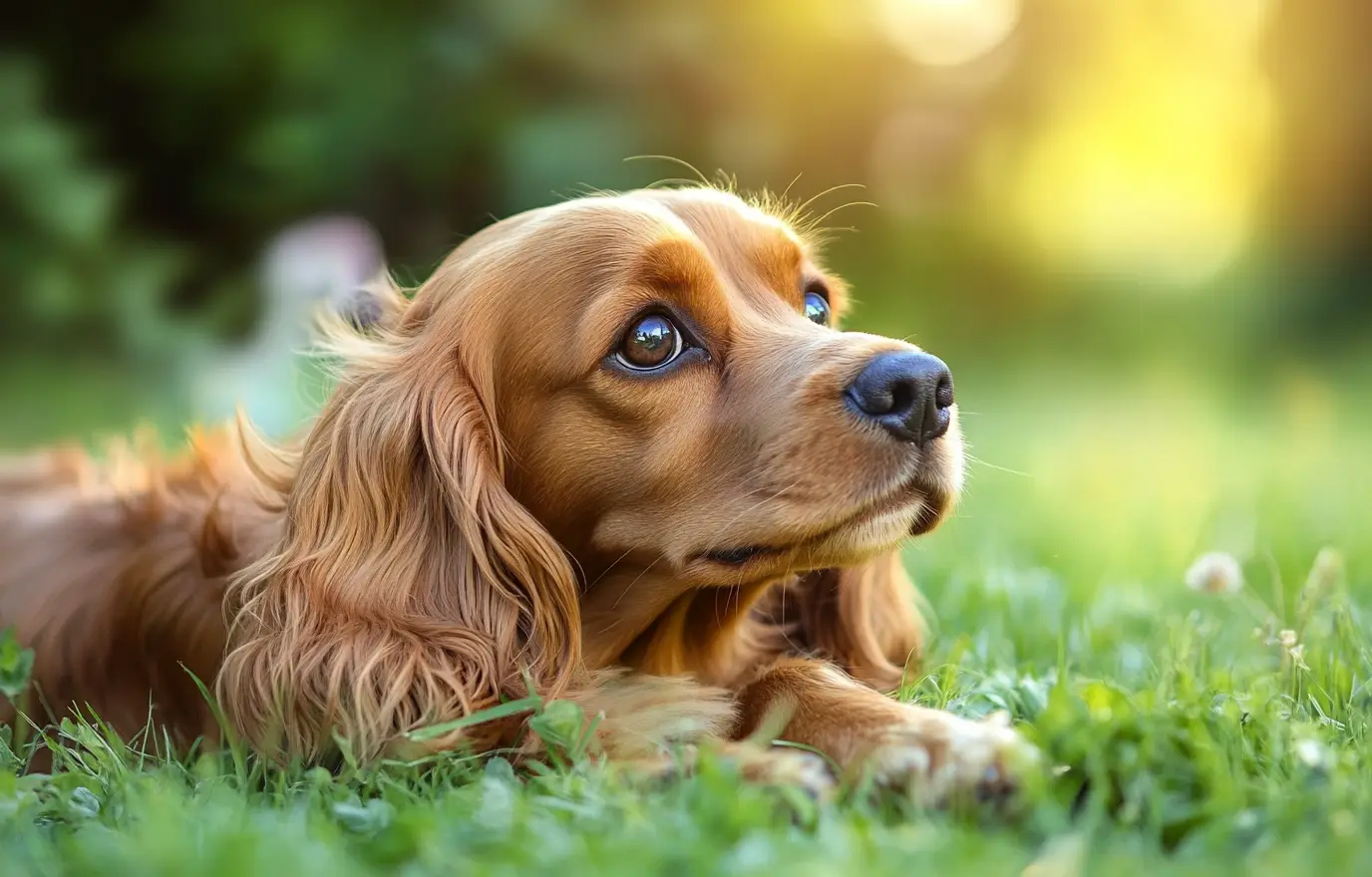
PHOTO: Yueke
Gun Dogs, also known as Bird Dogs, are bred to assist hunters in retrieving game, primarily birds. They are energetic, athletic dogs with a strong instinct for retrieving, making them excellent companions for active individuals and families. Here's a closer look at some popular breeds in this category:
Cocker Spaniel
Height: 34-39 cm
Weight: 7-14 kg
Lifespan: 12-15 years
Activity Level: High
Grooming Frequency: High
The Cocker Spaniel, both English and American types, is a quintessential sweet and affectionate dog. Its long, silky ears and large, expressive eyes make it incredibly charming. Despite its smaller size, this breed has a high energy level and requires substantial exercise. Cocker Spaniels are known for their intelligence and trainability, making them excellent family pets. They generally get along well with children and other pets and have a gentle disposition.
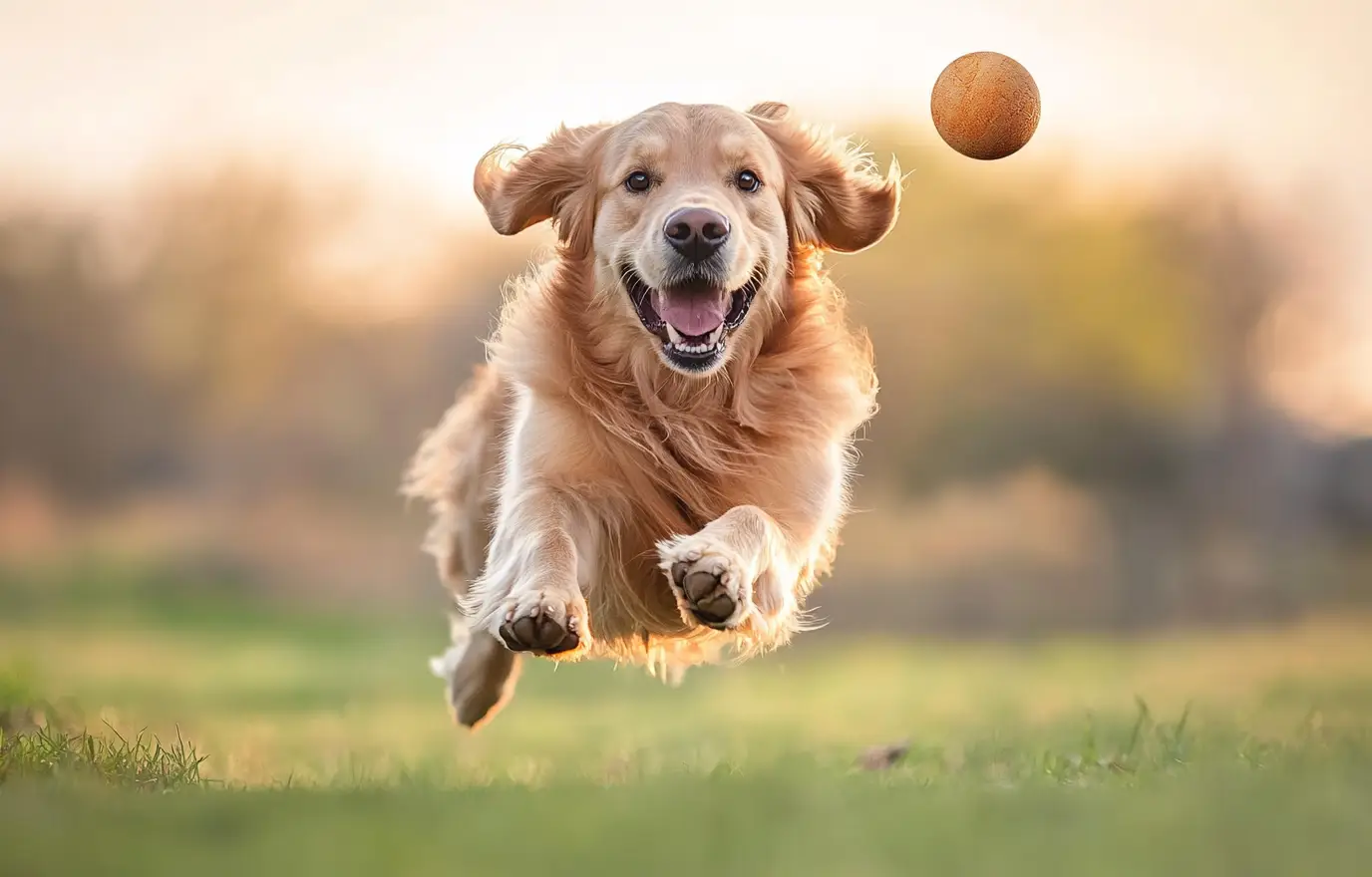
PHOTO: Yueke
Height: 51-61 cm
Weight: 25-34 kg
Lifespan: 12-14 years
Activity Level: High
Grooming Frequency: Medium
Golden Retrievers are often described as the quintessential friendly and outgoing family dog. They are known for their affectionate nature and their ability to form strong bonds with their human companions. Goldens have a beautiful, long, and soft coat, and while they require regular grooming, they are generally easygoing. They are highly intelligent and eager to please, making them very trainable. Their playful and loving demeanor often endears them to everyone they meet.
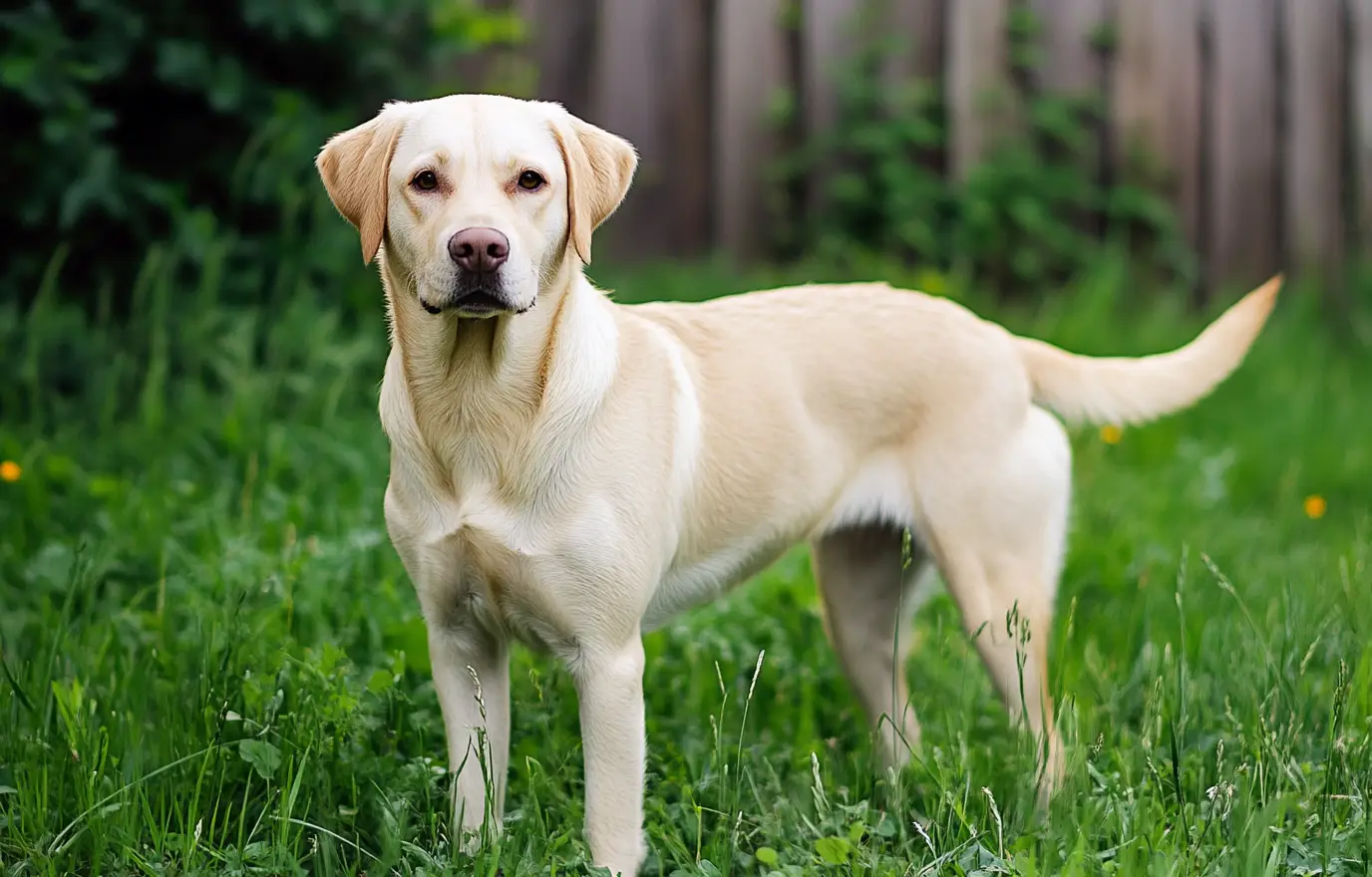
PHOTO: Yueke
Height: 55-57 cm
Weight: 25-37 kg
Activity Level: High
Grooming Frequency: Low
Labrador Retrievers are known for their friendly, outgoing nature and their boundless energy. They are one of the most popular breeds due to their versatility and excellent temperament. Labradors are active dogs that require plenty of exercise and mental stimulation. They have a dense, water-resistant coat that sheds heavily, which means regular vacuuming is necessary. Labs are known for their love of water and retrieving games. Their intelligence and eagerness to please make them easy to train, though they can sometimes appear a bit goofy.
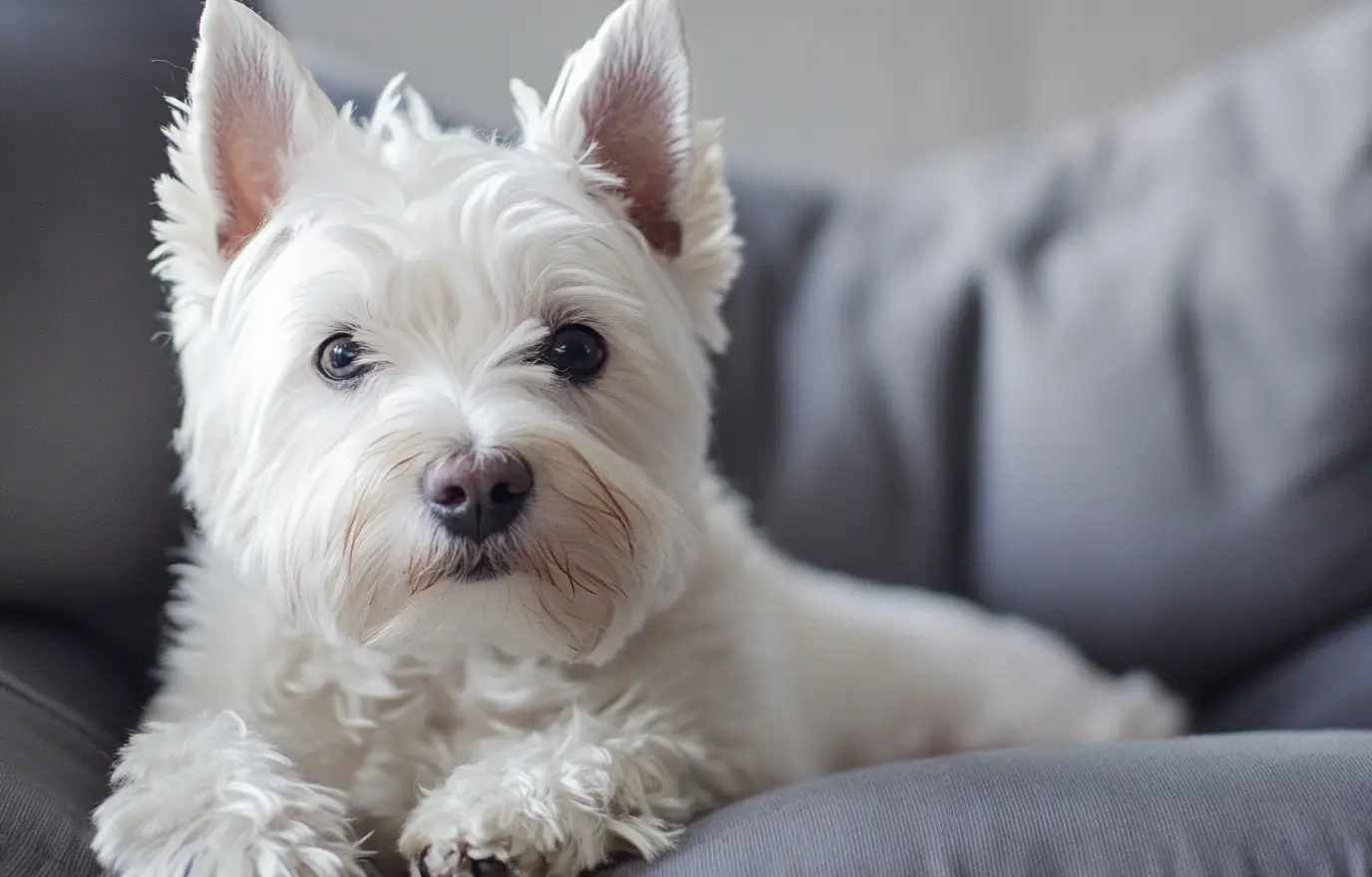
PHOTO: Yueke
Tough, Fearless, Self-confident, Energetic... The name "Terrier" originates from the Latin word “Terra,” which means earth. Most Terriers come from the British Isles and were originally bred to clear vermin, rabbits, and foxes.
Although they are not very large in size, their personalities are incredibly brave and strong. They are outgoing, lively, and agile.
West Highland White Terrier
Height: 25-28 cm
Weight: 7-10 kg
Lifespan: 9-15 years
Exercise Needs: Medium
Grooming Frequency: Medium
One of the most popular terriers! This breed is lively and active, always ready for playtime despite its small size. It has endless energy, with a round head, short legs, dark round eyes, pointed triangular ears, and a cute “carrot-shaped” tail. Its charm is irresistible. Plus, it's a low-shedding dog, so there won’t be fur everywhere in the house, though regular grooming and trimming are needed.
It’s important to note that Westies have strong personalities, with a high sense of territory and considerable strength. They can be excitable and bark at noises outside. They are friendly with smaller dogs but might be a bit challenging with larger dogs.
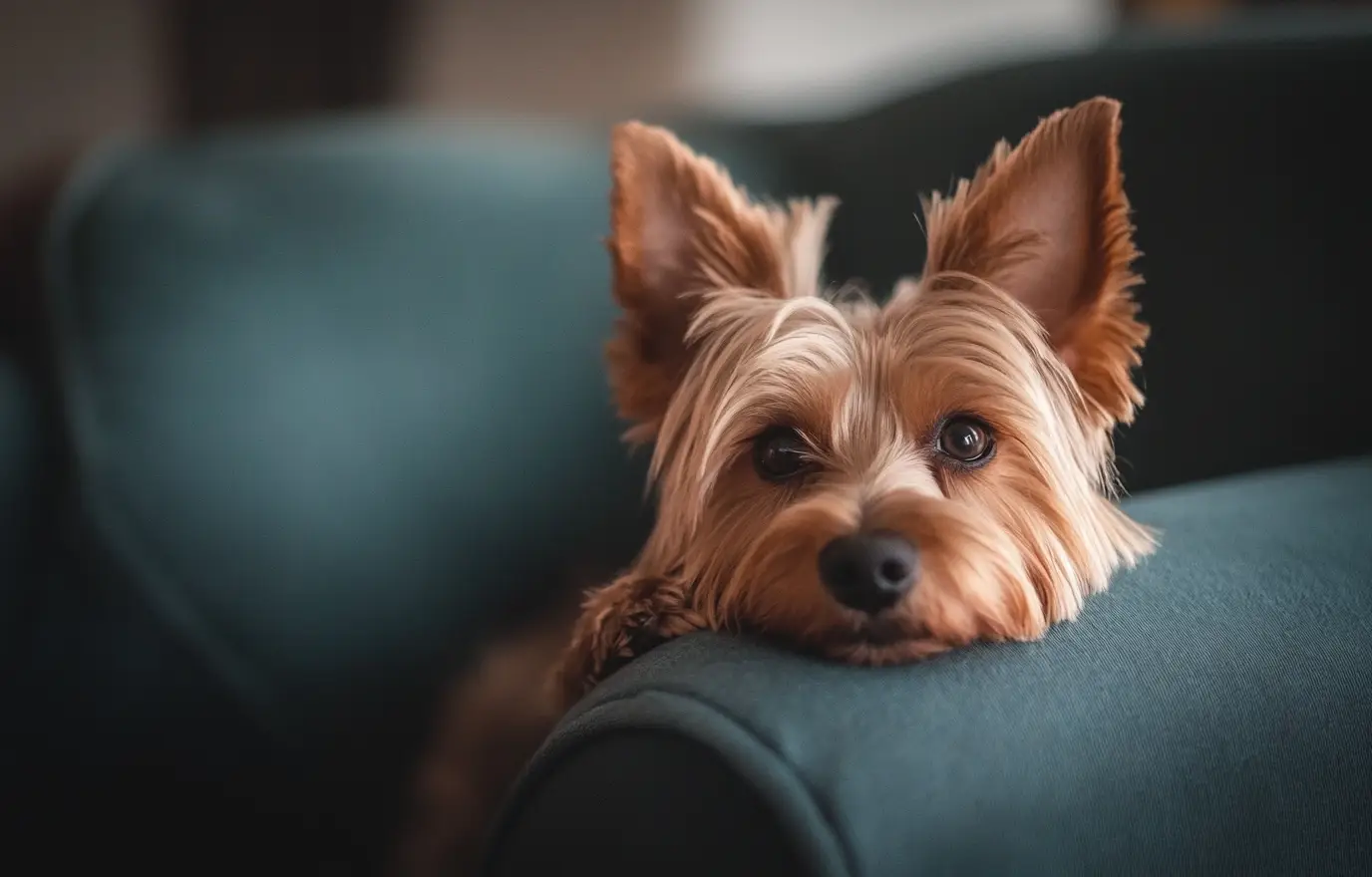
PHOTO: Yueke
Height: 20-23 cm
Weight: Up to 3 kg
Lifespan: 12-15 years
Exercise Needs: Low
Grooming Frequency: High
A very popular small breed! Its silky, shiny coat and lively, playful terrier personality make it an adorable companion. Smart and energetic, the Yorkshire Terrier may be small in size but is big in courage. It doesn’t need much exercise; a daily walk or some playtime indoors is usually sufficient.
This breed is affectionate and enjoys attention, often being a bit of a diva. They can be sensitive and have a tendency to bark at noises, showing a bit of a nervous streak.

PHOTO: Yueke
Available in Miniature, Standard, and Giant sizes:
Miniature: 33-36 cm, 6-7 kg
Standard: 46-48 cm, 15-25 kg
Giant: 60-70 cm, 35-45 kg
Originating from Germany, the Schnauzer is very popular among terrier breeds in North America. It is known for its distinctive beard and mustache, which resemble a pair of spectacles. The name "Schnauzer" means "muzzle" in German, referring to its signature beard. This breed is adorable in appearance, has a gentle temperament, and is not prone to being neurotic. Schnauzers are highly intelligent and easy to train.
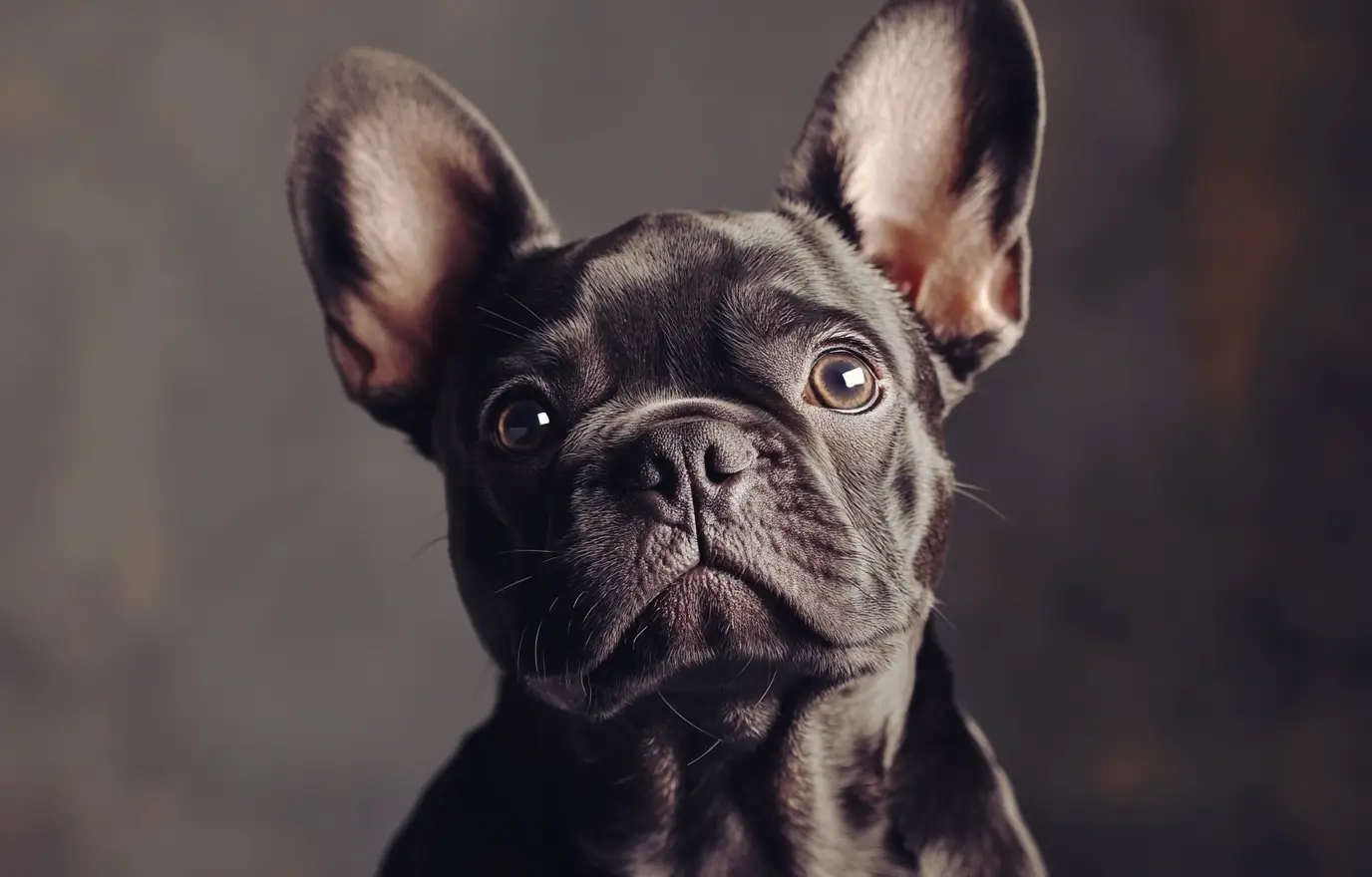
PHOTO: Yueke
These breeds are specifically developed as pets. They don’t need to hunt, rescue, herd, or guard. Their primary purpose is to quietly keep their owners company.
They are generally affectionate and do not require a lot of exercise, making them ideal for homes without yards or for apartment living.
French Bulldog
Height: 28-33 cm
Weight: 11-13 kg
Lifespan: 11-13 years
Exercise Needs: Medium
Grooming Frequency: Low
French Bulldogs are beloved for their low barking tendencies, which makes them a quieter choice among small dogs. They get along well with larger dogs and have a sweet, affectionate nature. However, they have delicate health, with sensitive stomachs, a tendency to develop skin issues, and difficulties in hot weather due to their breathing. They require careful attention from their owners.
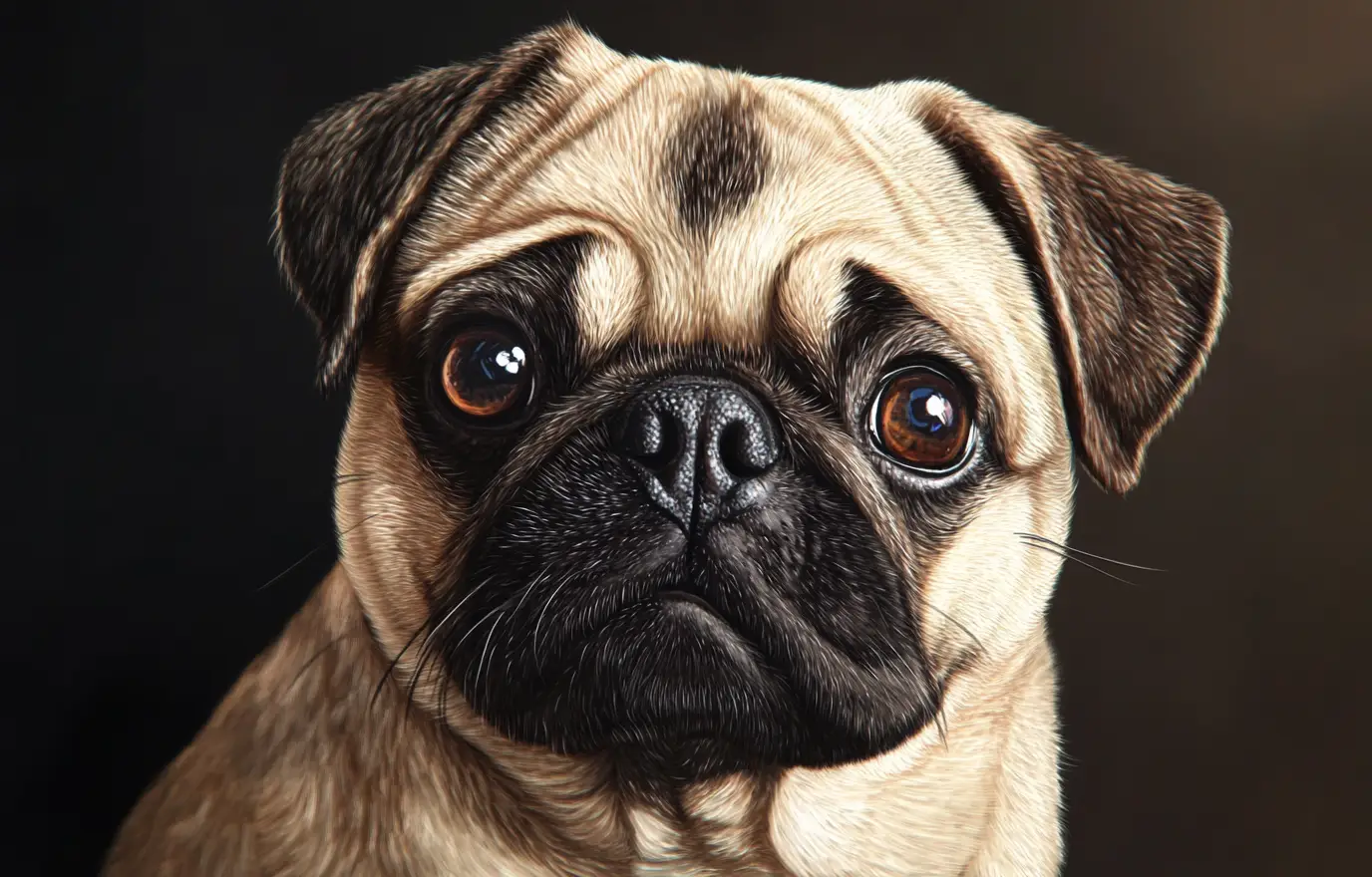
PHOTO: Yueke
Height: 25-28 cm
Weight: 6-8 kg
Lifespan: 10-12 years
Exercise Needs: Low
Grooming Frequency: Low
Finally, a breed that originates from China! Pugs have large, round eyes, a furrowed brow, and drooping ears, giving them an irresistibly plaintive expression. Their snoring while sleeping can be quite loud, but their gentle and stubborn nature makes them affectionate and good with children.
They don’t require much grooming and have low exercise needs. A daily walk and some playtime indoors are sufficient. They are well-suited for apartment living.

PHOTO: Yueke
Height: 15-23 cm
Weight: 2-3 kg
Lifespan: 12-15 years
Exercise Needs: Low
Grooming Frequency: Medium
Chihuahuas are so portable you can literally carry them in your pocket! This is especially appealing for those of us who have larger dogs. They’re incredibly convenient for short trips or even air travel.
They have a high intelligence and can learn commands quickly. Agile and sensitive, Chihuahuas might bark at the slightest disturbance. They also tend to get jealous, so it’s important to consider carefully if you have young children or other pets in the home.
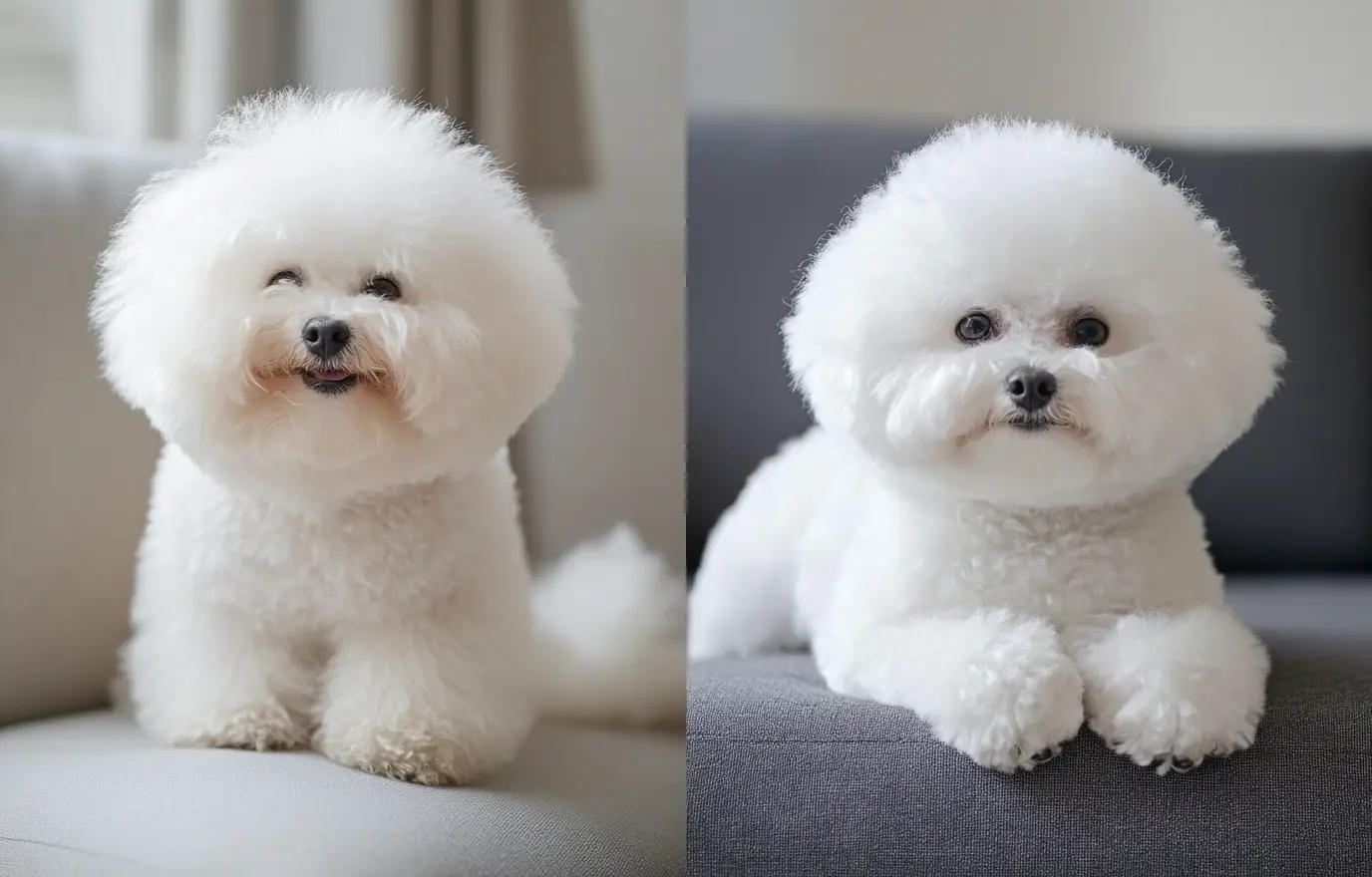
PHOTO: Yueke
Height: 23-28 cm
Weight: 5-7 kg
Lifespan: 12-15 years
Exercise Needs: Low
Grooming Frequency: High
The Bichon Frise is a charming beauty that wins hearts with its appearance! Many people, especially those who love its looks, are drawn to it. With its round head and cheerful eyes, it’s affectionate and loves to cuddle, plus it doesn’t shed, which adds to its popularity.
However, despite not shedding, it requires regular grooming to maintain its beautiful coat. This includes frequent baths, trimming, and brushing.
Bichons are not fond of being alone and may bark when left by themselves, so early training is essential. They thrive on human attention and need extra effort in training as puppies to prevent unwanted barking or hyperactivity as they grow. With proper socialization and training, Bichons can make excellent pets!
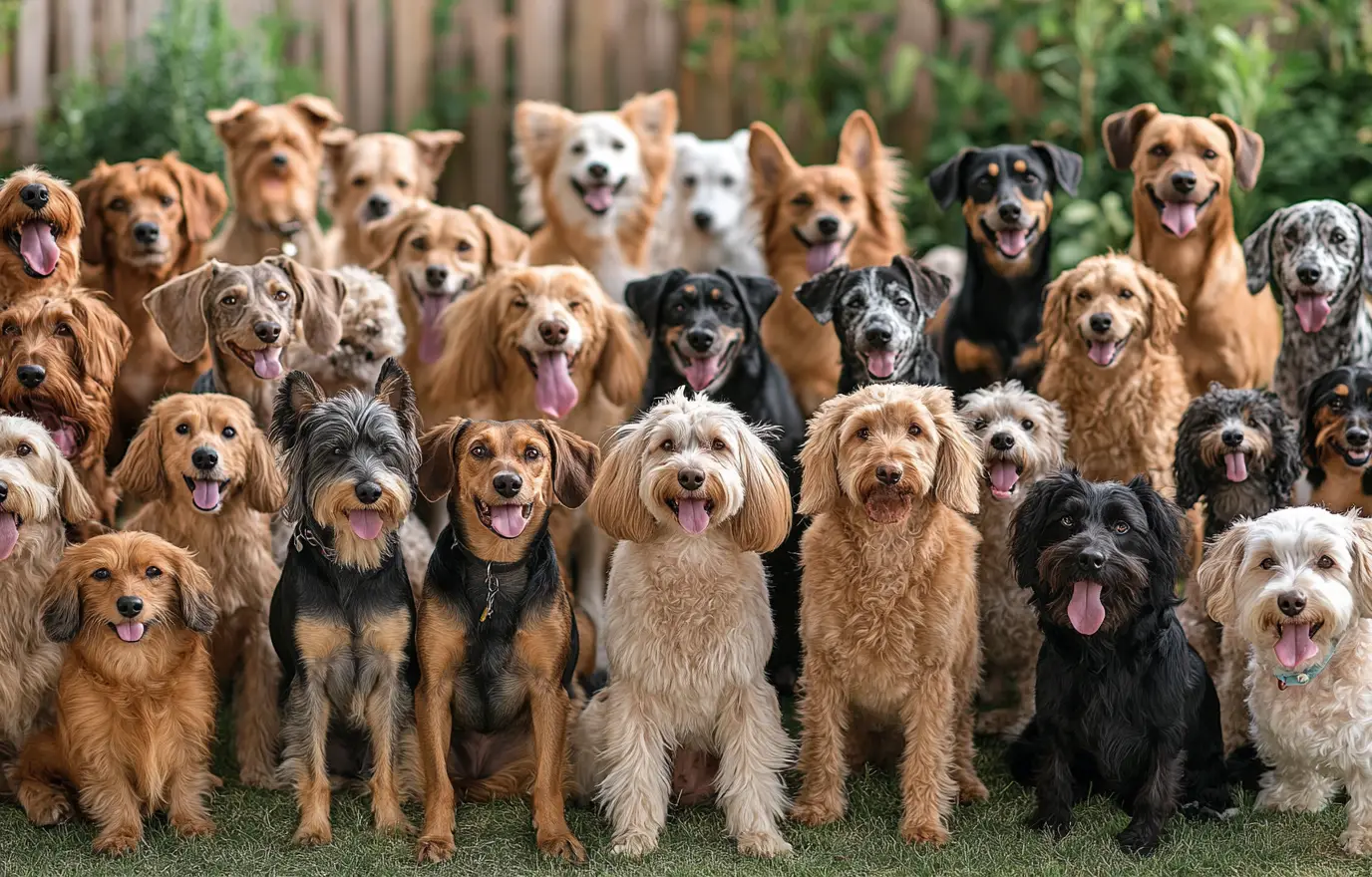
PHOTO: Yueke
Living Environment: If you live in an apartment or lack a large yard, consider a companion dog with lower exercise needs, such as a French Bulldog, Pug, or Bichon Frise. These dogs require less space and are well-suited for indoor living.
Exercise Requirements: If you enjoy outdoor activities or have ample space, consider a dog with higher exercise needs, like a Golden Retriever, Labrador Retriever, or Husky. These breeds need significant exercise to stay healthy and happy.
Grooming Needs: If you're willing to invest time in grooming, consider breeds with higher grooming requirements, such as West Highland White Terrier, Bichon Frise, or Samoyed. For lower grooming needs, breeds like Bull Terrier or Labrador Retriever are preferable.
Personality Traits: Consider the dog's temperament. For lively, playful dogs, Terrier breeds or Gun Dogs may be a good fit. For a quieter, more affectionate companion, Companion Dogs like Bichon Frise or French Bulldog might be ideal.
Choose a dog breed that fits your lifestyle, living conditions, and personal preferences to ensure both you and your pet are happy!
